Search
Remove Ads
Advertisement
Search Results
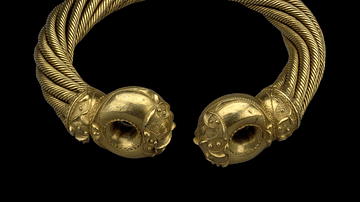
Article
Ancient Celtic Torcs
In ancient Celtic cultures, torcs were a common form of jewellery and were made from bronze, copper, silver, and gold. Torcs were not just exquisite works of Celtic art but also identified the wearer’s status and perhaps were believed to...
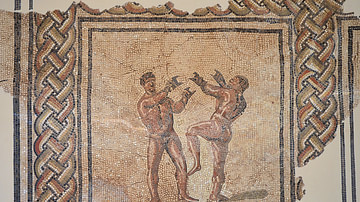
Article
Boxing in the Roman Empire
Boxing is one of the oldest sports in the world that is still practiced today. Included in the original athletic contests of the Olympic Games, pugilism or boxing was well known and loved by the ancient Greeks and Romans. The style used in...

Article
The Allied Victory in North Africa
The Allied victory in North Africa was achieved in May 1943 after three years of indecisive battles across the region. Outnumbered and with its supply lines compromised, the Axis German-Italian army lost the Battle of Medenine before being...
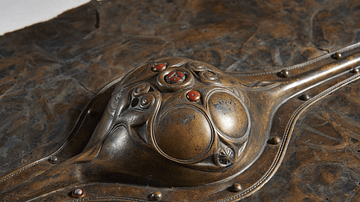
Article
Celtic Bronze Shields
The ancient Celts produced magnificent bronze shields in Iron Age Britain which were most likely for ceremonial purposes and display. Several fine examples have miraculously survived as evidence of the imagination, skill, and artistry of...
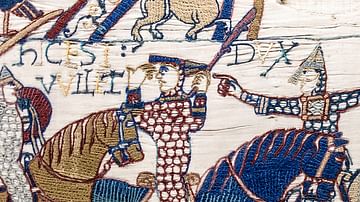
Article
William the Conqueror's Harrying of the North
By the end of 1066 CE William the Conqueror had won a decisive victory at the Battle of Hastings, subdued the south-east of England and been crowned King William I in Westminster Abbey but there remained rebellion in the air throughout 1067...

Article
Battle of Kasserine Pass
The Battle of Kasserine Pass in Tunisia (18-22 February 1943) was won by Axis German and Italian forces led by field marshal Erwin Rommel (1891-1944) against a combined Allied army of British, French, and US troops. The last fling of the...
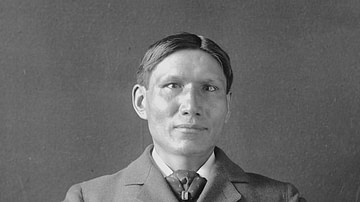
Article
Eastman's Account and Media Coverage of the Wounded Knee Massacre
Of the many first-person accounts of the aftermath of the Wounded Knee Massacre, the report by Sioux author and physician Charles A. Eastman (also known as Ohiyesa, l. 1858-1939) is among the best-known. Eastman describes his experiences...
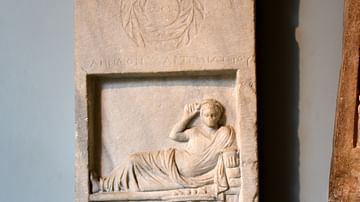
Article
Curses & Fines on Epitaphs
The concept of a curse laid on a tomb or gravesite is best known from ancient Egypt but the practice was quite common in other civilizations of antiquity. The tomb or grave was the eternal home of the physical remains of the deceased to which...
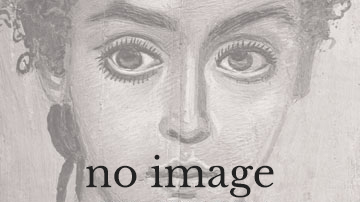
Article
The Pythagorean Theorem: The Way of Truth
Pythagoras (569-475 BC) is recognized as the world's first mathematician. He was born on the island of Samos and was thought to study with Thales and Anaximander (recognized as the first western philosophers). Pythagoras believed that numbers...
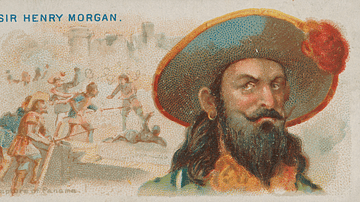
Image
Sir Henry Morgan Cigarette Card
A late-19th century cigarette card showing the buccaneer turned lieutenant-governor Sir Henry Morgan (c. 1635-1688). Produced by Allen & Ginter. Lithographer: George S. Harris & Sons. (Metropolitan Museum of Art, New York)